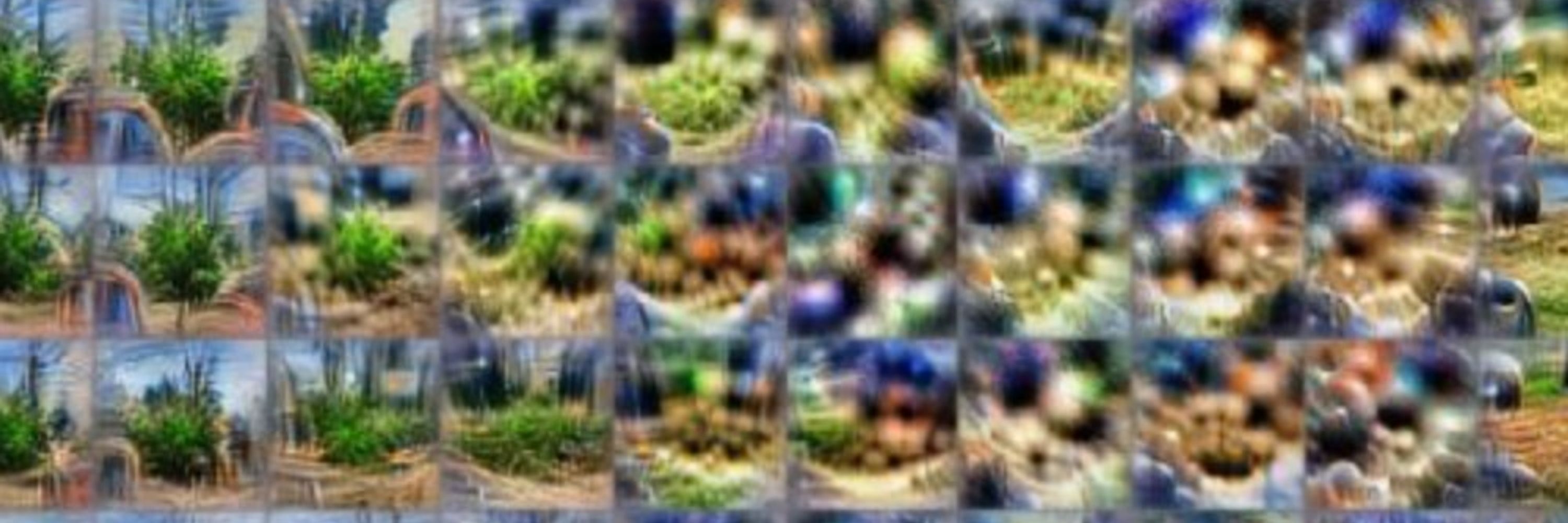
Some of our fellows last cycle did this: arxiv.org/pdf/2507.21509
Some of our fellows last cycle did this: arxiv.org/pdf/2507.21509




colah.github.io/notes/bio-an...
colah.github.io/notes/bio-an...
This evokes biology more than physics.
This evokes biology more than physics.
Biology is to evolution as interpretability is to gradient descent.
bsky.app/profile/cola...
Simple gradient descent creates mind-boggling structure and behavior, just as evolution creates the awe inspiring complexity of nature.
x.com/banburismus_...
Biology is to evolution as interpretability is to gradient descent.
bsky.app/profile/cola...
We refer to the "biology" of neural networks in a similar spirit!
We refer to the "biology" of neural networks in a similar spirit!


